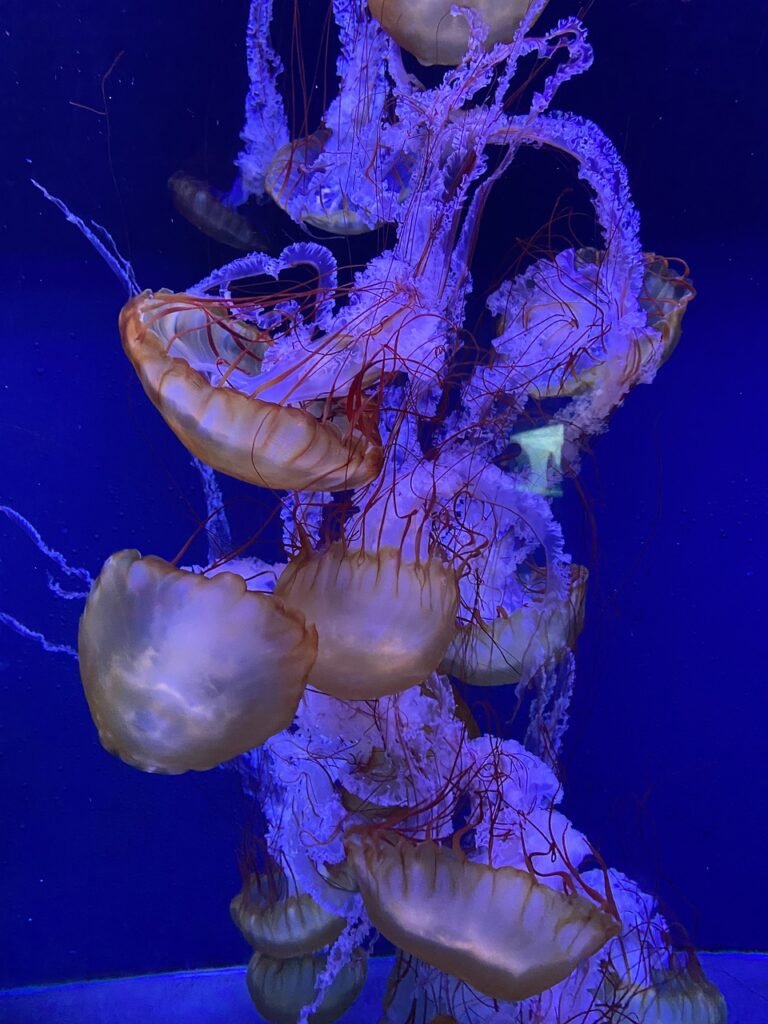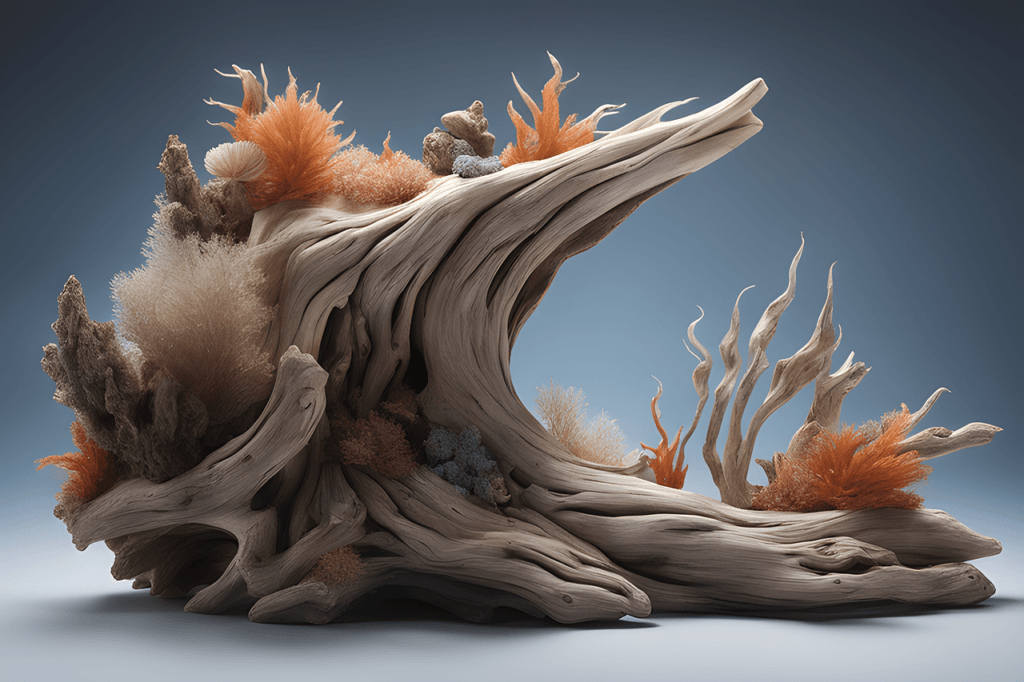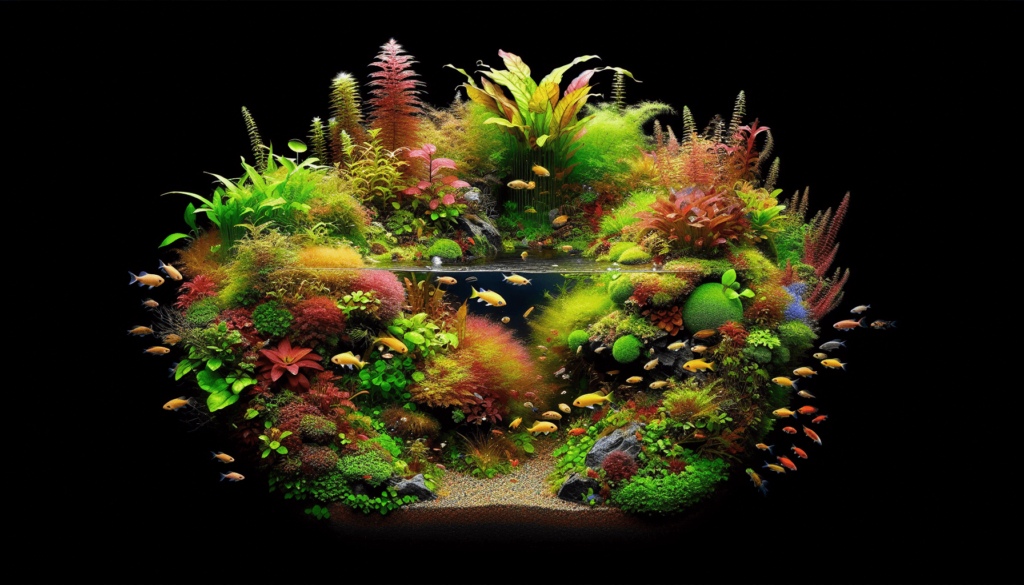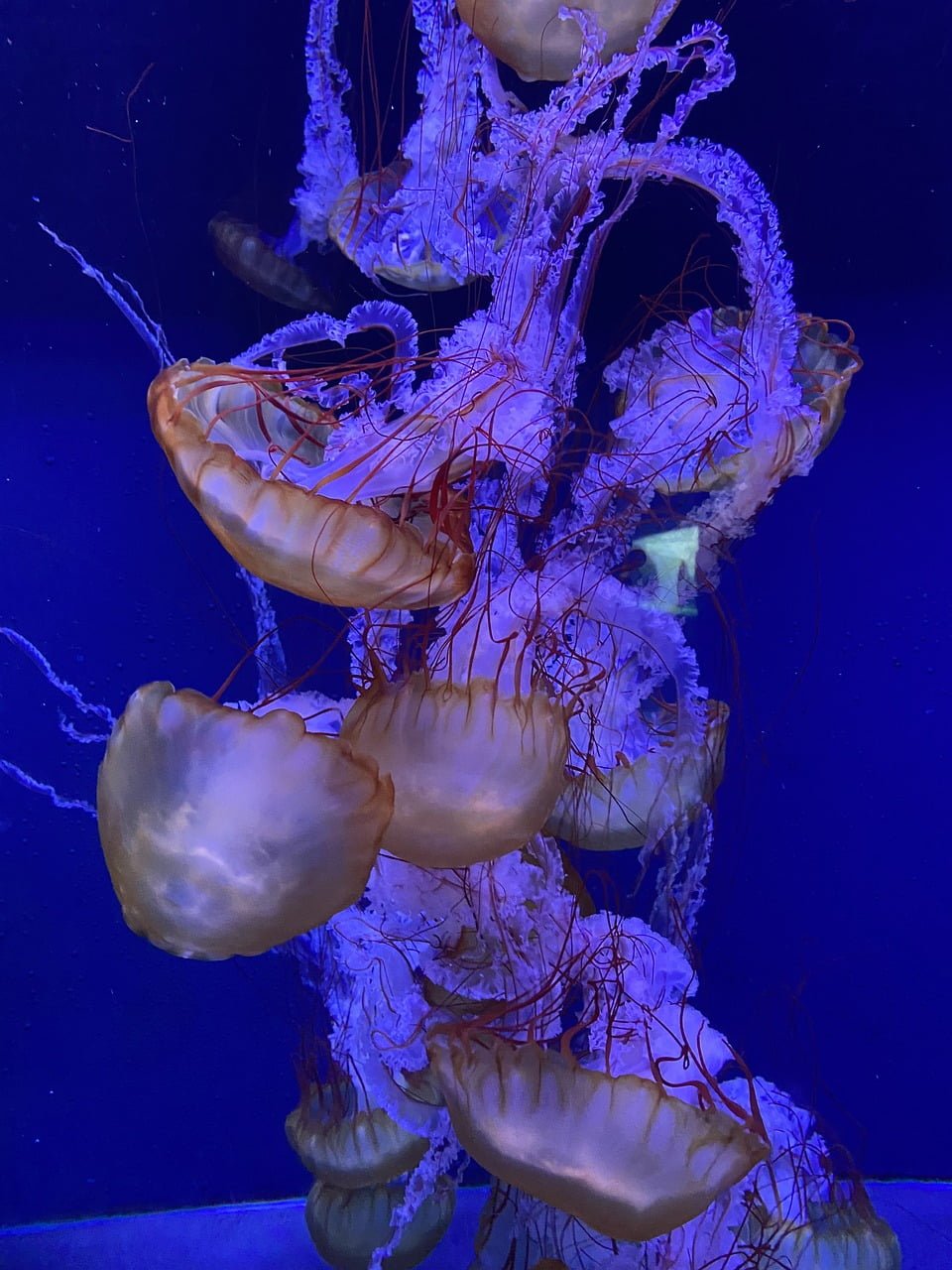In “Exploring the Art of Dutch Aquascaping,” you will discover the beautiful and fascinating world of creating underwater gardens inspired by Dutch nature. This article explains how Dutch aquascaping began and why it has become so popular today. You’ll learn about the current trends, the unique techniques used, and how aquascapers make their designs look like miniature landscapes. By diving into examples and different viewpoints, this article shows you how these underwater gardens can teach us about nature, creativity, and the future of this artistic hobby.
Exploring the Art of Dutch Aquascaping
Have you ever wondered how some aquariums look like a piece of underwater paradise, with colorful plants and carefully arranged decorations?
What is Dutch Aquascaping?
Dutch Aquascaping is like gardening but underwater. It’s a special way to arrange plants inside an aquarium to make it look beautiful and vibrant, just like a flower garden. It’s both an art and a science because you need to know about plants, fish, and water to do it right.
Why is Dutch Aquascaping Important?
Dutch Aquascaping is a wonderful way to bring a piece of natural beauty into your home. It also provides a healthy environment for fish and other aquatic animals. Plus, it’s a fun and creative hobby that can help you relax and learn more about nature!

A Brief History of Dutch Aquascaping
Where Did It All Begin?
Dutch Aquascaping started in the Netherlands in the early 20th century. People in Holland loved to arrange beautiful gardens, and then they started to do the same thing inside their aquariums. By the 1930s, Dutch Aquascaping had become very popular, and people even started holding contests to see who could design the best underwater garden.
How Has it Changed Over Time?
Over the years, more people from different parts of the world have become interested in Dutch Aquascaping. New plants and technologies have been introduced, making it easier for beginners to start their own aquascaping projects. While the basic principles remain the same, there’s always room for new and exciting designs.
Captivating Components of Dutch Aquascaping
Key Concepts and Definitions
Let’s break down some important words you will often hear in Dutch Aquascaping:
- Aquarium: A glass tank where fish and plants live.
- Substrate: The material you put at the bottom of the aquarium for plants to root in, like gravel or sand.
- Hardscape: Rocks, driftwood, and other decorations that you use to create the design in your aquarium.
- Foreground, Midground, Background Plants: Foreground plants are short and go in the front, midground plants are a little taller and go in the middle, and background plants are the tallest and go in the back.
Components of a Dutch Aquascape
Plants
Plants are the most important part of Dutch Aquascaping. You can choose from many types of aquatic plants:
| Type of Plant | Example | Placement |
|---|---|---|
| Foreground Plants | Dwarf Hairgrass | In the front of the tank |
| Midground Plants | Amazon Sword | Middle of the tank |
| Background Plants | Vallisneria | Back of the tank |
Fish and Inhabitants
Adding fish and other small creatures can make your Dutch Aquascape even more lively. Some popular choices are:
- Neon Tetras: Small, colorful fish that swim in groups.
- Shrimp: They help clean the tank and add some activity.
- Snails: They eat algae and keep the tank clean.

Current Trends in Dutch Aquascaping
What’s Popular Right Now?
A lot of people are trying new things with Dutch Aquascaping. Here are some current trends:
- High-Tech Tanks: Using advanced equipment like CO2 injectors and LED lights to help plants grow better.
- Small Tanks: Creating beautiful aquascapes in tiny tanks called nano tanks.
- Natural Styles: Making the aquarium look as close to a real underwater scene as possible, using natural decorations and plants.
Why Are These Trends Popular?
High-tech tanks allow better control over the conditions inside the aquarium, making it easier for plants to thrive. Small tanks are great for people with limited space, and they are a fun challenge even for experienced aquascapers. Natural styles are popular because they bring a realistic piece of nature into your home.
Getting Started with Your Own Dutch Aquascape
What You’ll Need
Before you can start, you will need a few essential items:
- An Aquarium: A glass tank to hold water, plants, and fish.
- Lighting: Special lights to help your plants grow.
- Filter: A device to keep the water clean.
- Substrate: Gravel or sand for the plants to root in.
- Plants: Different types to create your underwater garden.
- Decorations: Rocks, driftwood, and other hardscapes.
- Water Conditioner: To make tap water safe for fish.
Steps to Set Up Your Aquarium
- Choose Your Tank: Decide how big you want your aquarium to be.
- Install the Filter and Heater: Set up the devices to keep the water clean and at the right temperature.
- Add the Substrate: Spread gravel or sand evenly at the bottom of your tank.
- Fill With Water: Slowly fill the tank with water, making sure it’s at the right temperature.
- Arrange the Hardscape: Place rocks and driftwood to create the structure of your aquascape.
- Plant the Plants: Add your plants, placing shorter ones in the front and taller ones in the back.
- Add Lighting: Set up the lights to make sure your plants get enough light to grow.
Care and Maintenance
Taking care of your Dutch Aquascape is important to keep it looking beautiful:
- Daily Tasks: Check the water temperature and make sure the lights are working.
- Weekly Tasks: Change a portion of the water and clean the filter.
- Monthly Tasks: Trim the plants to keep them from growing too big and taking over the tank.

Examples of Beautiful Dutch Aquascapes
Case Study 1: A Beginner’s Success
Let’s look at a simple but beautiful Dutch Aquascape created by a beginner named Emily:
| Component | Details |
|---|---|
| Tank Size | 10 gallons |
| Plants | Dwarf Hairgrass, Amazon Sword |
| Fish | Neon Tetras |
| Hardscape | Small rocks and driftwood |
| Lighting | LED lights |
Emily’s aquarium is small, but she has carefully chosen her plants and decorations to create a balanced and attractive design. Her Neon Tetras swim happily through the plants, making the aquarium look lively.
Case Study 2: An Expert’s Masterpiece
Now, let’s see a more advanced Dutch Aquascape by an expert named John:
| Component | Details |
|---|---|
| Tank Size | 55 gallons |
| Plants | Vallisneria, Java Fern, Anubias |
| Fish | Discus, Shrimp |
| Hardscape | Large rocks, driftwood |
| Lighting | High-intensity LED lights |
John’s aquarium is much bigger and more complex. He uses a variety of plants and decorations to create a stunning underwater scene. His careful placement of plants and hardscapes makes his tank look like a beautiful underwater forest.
Comparing Different Perspectives
Traditional vs. Modern Approaches
There are different ways to create a Dutch Aquascape. Some people like to stick to traditional methods, using simple equipment and plants, while others use modern technologies to enhance their aquariums.
Traditional Approach
- Simple Equipment: Basic lights and filters.
- Natural Look: Using natural materials like rocks and wood.
- Low-Tech: No advanced technology like CO2 injectors.
Modern Approach
- Advanced Equipment: Using high-tech lights, CO2 injectors, and automated systems.
- Variety of Plants: Using exotic plants that require special conditions.
- High-Tech: Utilizing the latest technologies to optimize growth and appearance.
Impact of Different Perspectives
Both approaches have their benefits and challenges. Traditional methods can be more relaxing and less expensive, while modern methods can produce more vibrant and diverse aquascapes. It’s up to you to decide which approach suits your style and needs.

Future Directions and Implications
Predictions for the Future
As technology advances, Dutch Aquascaping will likely continue to evolve in exciting ways. We might see more high-tech equipment that makes it easier for everyone to create and maintain beautiful aquascapes. New plant species and innovative designs will continue to inspire aquascapers around the world.
Implications for the Hobby and Beyond
The growth of Dutch Aquascaping can have positive effects beyond just being a hobby. It can help people learn more about aquatic ecosystems and the importance of preserving natural habitats. It also provides a unique way to bring the beauty of nature into our homes and lives.
Conclusion
Recap of Key Points
- Dutch Aquascaping is an art of designing underwater gardens in aquariums.
- It began in the Netherlands and has grown in popularity over the years.
- Key components include plants, fish, and hardscapes.
- Current trends include high-tech tanks and natural styles.
- Setting up an aquarium requires some basic equipment and ongoing care.
- Different approaches offer various benefits and challenges.
Final Thought
So, next time you see a beautiful aquarium, you’ll know there’s an art and science behind it. Are you ready to create your own Dutch Aquascape and explore this amazing underwater world? It’s a journey that combines creativity, learning, and a love for nature!
Feel free to share your thoughts or questions, and happy aquascaping!
Credible Sources
- “The Art of Aquascaping” by George Farmer
- “Aquascaping Handbook” by Karen Randall
- www.aquariumcoop.com
- www.aquaessentials.co.uk
- Aquatic Gardeners Association (www.aquatic-gardeners.org)




